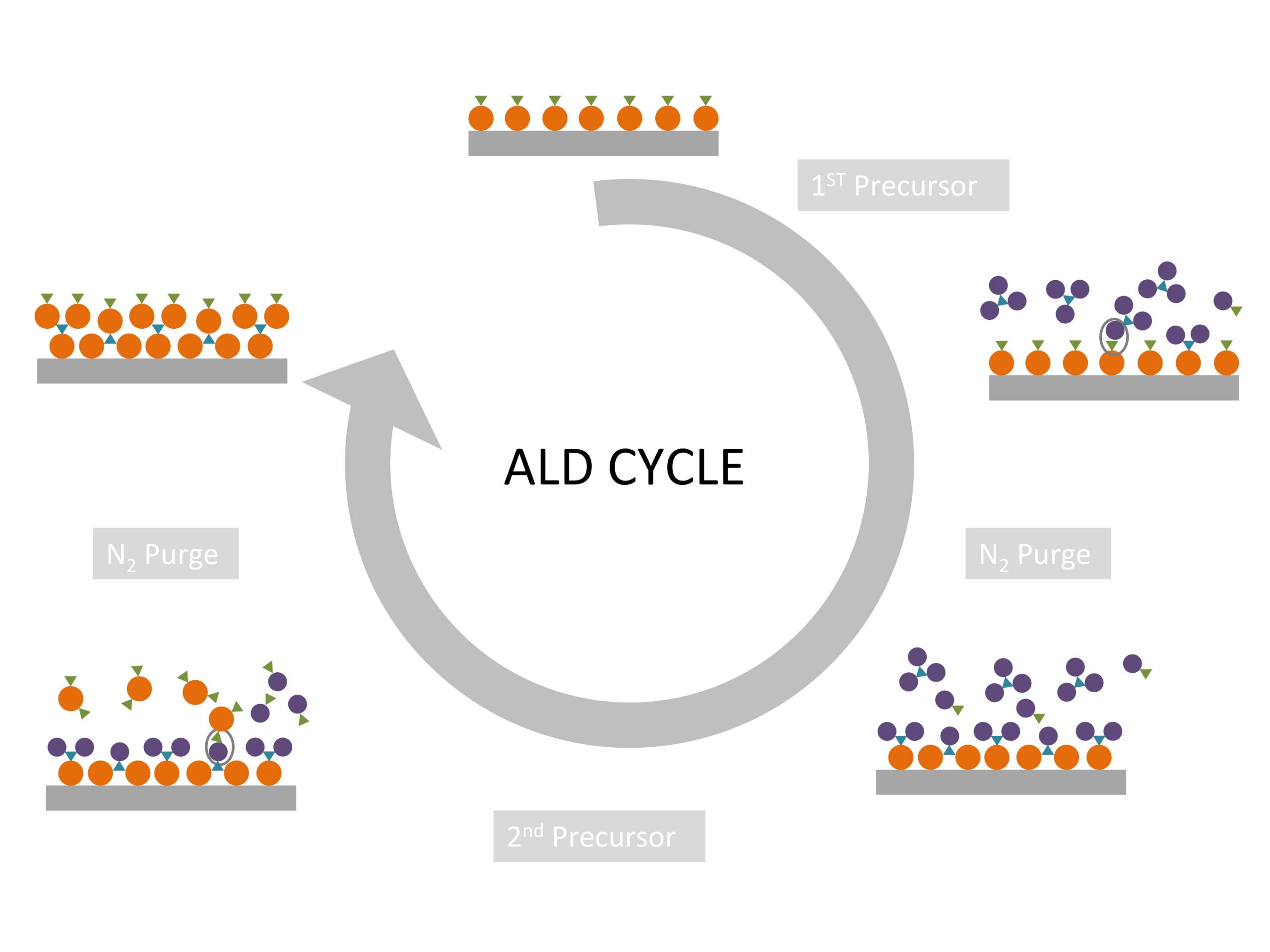What is the Atomic Layer Deposition technique?

Modern microelectronic devices, solar cells and ultra thin invisible corrosion resistant coatings are prepared by using an exciting technique that is called Atomic Layer Deposition– ALD. This method allows to deposit thin films of a variety of materials by taking advantage of sequential chemical processes that occur in specially designed ALD reactor. The most important components of an ALD reactor uses gas phase chemicals. A thermocouple and computer controlled heaters are used to ensure the desired deposition temperature. The growth of the film can be monitored with an oscillating quartz crystal. The chemicals that are used for the deposition are called precursors and enter the reaction chamber along with the carrier gas. A vacuum pump is used to ensure a low pressure and that the reaction by products and precursor leftovers are removed.For more details you can visit our site https://www.atomiclayerdeposition.com/.
Now let’s discuss more about atomic layer deposition technique and there types:
ALD nanosize coating
Atomic Layer Deposition is a way that has gained many pastimes as a method of making nanosized coatings and nanosized thin films on one-of-a-kind substrates. The coatings/skinny movies made using Atomic Layer Deposition are very conformal and can be used on several geometrically complicated surfaces.
The basic principles of ALD
Atomic Layer Deposition is a sequential deposition technique. In this approach, special precursor substances are utilized in constructing the coating/film, and these precursors aren’t gifted inside the reaction chamber at an equal time.The first precursor cloth is first located in the chamber. After the primary layer is deposited, the second precursor is deposited on the first coating layer. Here, the second layer binds to the suit coating layer.
Particle ALD
Particle Atomic Layer Deposition is not very different from conventional Atomic Layer Deposition. However, in occasions in which the Atomic Layer Deposition technique makes a specialty of a barely curved or flat floor, particle Atomic Layer Deposition is worried about coating the complete surface of a particle.
Metal ALD+
Aside from aluminum, a huge range of metals may be deposited onto a surface with using elimination reactions between a silicon-based molecule and a halogen-functionalized metal molecule. Metal Atomic Layer Deposition can use excessive temperatures of approximately 100 and seventy five to three hundred and twenty-five degrees Celsius. It could also be used to deposit various metals on a surface.
Thermal ALD
Even though a controlled technique of atomic vaporization is pretty common in maximum Atomic Layer Deposition strategies, higher temperatures are required occasionally. That is commonly the case for some styles of molecules, specifically aluminum-containing molecules.
Conclusion
Today ALD applications are working on mainly in micro electronics and emerging with encapsulation of LEDs, coating of battery materials and medical applications. Beside this ALD engineering are making a Kleenex tissue, antibacterial ZNO coating. ALD’s capability to deposit defensive, nanometric, conformal ceramic layers on a massive choice of diverse substrate compositions and geometries can also bring about the future of massive-scale software program to an business degree.